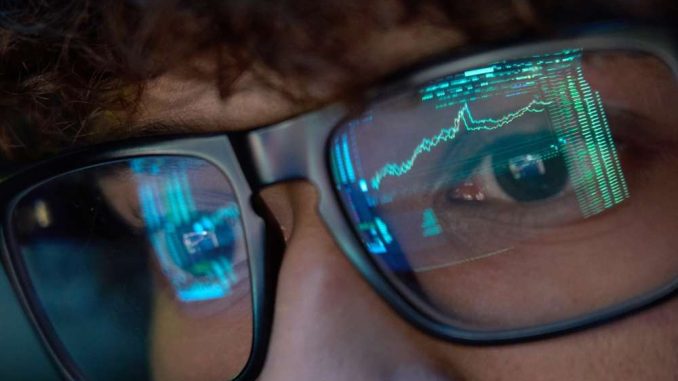
This new adaptation transforms educational landscape.This means that learning is more personalized and effective than ever. Think of old-fashioned, one-size-fits-all education–teachers dump information into students’ minds in the same way they would in cattle classification. These technologies are bringing an end to that kind of system with 600 million different classes personalized for 600 million different students!Now the kids can see what they can actually use! And did we mention not charging anything extra?
New technologies like adaptive education systems use machine learningmethods and Big Datatechnology to provide students with personalized learning. Every individual’s educational content is different therefore–to the great advantage of all collectively.(source: Renjie at checkout7)–Maoxiaoying tries some advanced explanations:For example, if you are still questioning why algebra 2 “makes sense”, the adaptive system will produce examples and online resources to support your understanding.This personalized instruction allows high school students not simply to avoid being beaten by difficult math concepts, but also gives them the freedom to make their study long and hard work at their own speed.
Real-Time Feedback and Support
Adaptive learning technologies have an added advantage: they provide lightning-fast feedback.Traditional methods of schooling often require feedback over time. This lags behind time, and a student’s fault is not corrected by this lag.Adaptive learning technology platforms, by contrast, can provideinstantaneous response when the student hits return on an answer. Students receiving such immediate feedback can recognize errors themselves and learn from them directly. This sort of real-time response means students remain interested in learning, and able to stay motivated by themselves. The alternative is that students end up even more actively involved than teachers who are teaching ‘on air’.
Strategies for data assessment help us understand whether they actually work. Lessons can be gained from all kinds of data. If every institution contributes data on how its kids are performing, your school will be able to obtain a more accurate sense of how well its bussing system is working. When it is used, this kind of technology can be amazingly helpful to institutions and decision makers. The system filters out unimportant items like assignments or even questions omitted from a test–all this information must be entered by hand while students know instantly whether something is correct or not. Whether one is a leader or a member of any sort of group or organization, acquiring data can help people steer themselves in the right direction.
Edge and Reading for eslensive learners
Adaptive learning technologies can be useful teachers. With this information, educational establishments or schools start to operate in a goal-oriented way. Large-scale educationists are able to obtain detailed reports on how groups and individuals are performing, plus notice new trends which may be invisible right now solely because of their examination criteria. Such a data-focused approach to teaching methods and curricula allows nemorthoricists not only to give the right sorts of aid, but also to respond more effectively as well. Insights like these enable educators to turn their teaching methods into technical systems and set up an environment for learning that is more persistent and useful.
Improved Engagement and Motivation
Furthermore, You’ll often find that adaptive learning technologies also contain some type of gamification or interactivity. Such features statify the learning process as well as serving to inspire students who are human. In Numerous functions such as tracking of student progress, rewards, and interactive quizzes all help maintain students’ attention and sustain their views on studying. When they see that the learning process is no longer sheer drudgery, adaptive technologies serve to motivate students, and because of this their school performance improves as well.
Supporting Diverse Learning Needs
Every student has his or her own learning needs, and adaptive learning systems aim to address this variation on two levels. They consider the different types of student that can be found within each band class, and they also try to fit a student’s own needs and tastes for learning. If a student is handicapped and needs special help, or indeed wants his lessons taught in a manner which suits himself better (as we know from previous research works), adaptive systems can arrange things this way. In this way, a student who gets a lot out of pictures will be given more material with photos; whereas another student who learns best by doing might have interactive experiments sent his way. It therefore ensures that all students have both access to and the resources they need to overcome. Conclusion
These adaptive learning technologies are revolutionising education. By meeting the specific needs of each individual student and providing real-time feedback, they allow students to perform better and create an improved learning environment. As education changes and begins to head into an increasingly digital age,adaptive learning technologies will play an essential role in shaping the future of education. It would seem that they will help to ensure students are better equipped for the world they are entering.’